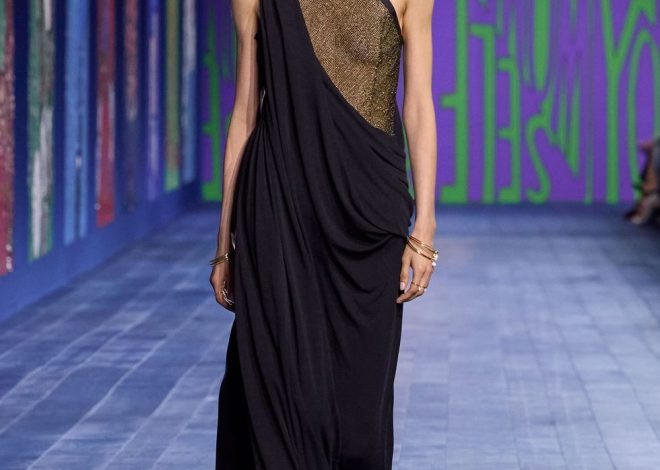
The changing face of beauty
This article is part of our Vogue Business Membership package. To enjoy unlimited access to Member-only reporting and insights, our NFT Tracker, Beauty Trend Tracker and TikTok Trend Tracker, weekly Technology, Beauty and Sustainability Edits and exclusive event invitations, sign up for Membership here.
Beauty has moved firmly into the luxury realm. Designer fashion brands see an opportunity to delve deeper into the category, and industry stalwarts are tapping into their highest-spending customers with more elevated products. What comes next?
The Vogue Business Executive Summit invited two leaders from different corners of beauty to discuss their visions for the next chapter of a dynamic and fast-growing industry.
Estée Lauder’s senior VP of luxury brands group Kendal Ascher: Leaning into ultra-luxe
Kendal Ascher, Estée Lauder’s senior vice president of luxury brands group and general manager of La Mer and Darphin Paris, North America, sees an opportunity to lean further into products and services that promote better health, especially as consumers view wellness through a more sophisticated lens that encompasses not just physical appearance but also mental health. “Luxury products are about feeling good from the inside out,” he says in conversation with senior retail, marketing and beauty editor Kati Chitrakorn.
Physical retail spaces are rebounding post-lockdown and consumers are looking for services beyond just the product. Fragrance label Frédéric Malle, owned by the Estée Lauder Companies, offers hour-long consultations at its freestanding stores, where consumers can create their own fragrance, while skincare brand La Mer now offers facials in some stores, although a majority remain off-site. These experiences require “commitment”, and it’s one that the luxury shopper is willing to make, he says.
Fragrance is emerging as a high-growth driver across beauty, and ELC is well placed to tap into the opportunity across all of its brands, says Ascher. He cites Jo Malone, whose unique proposition of fragrance mixing, matching and layering is “spiking growth”, as well as Tom Ford’s ability to create the most expensive fragrances on the market, because of the rare ingredients used and its alignment with luxury fashion, which is driving “great momentum”.
Ultra-luxe skincare, priced between $500 and $900, is another area of growth going into 2024, Ascher forecasts. La Mer was among the first to put a $1,000 cream on the market, he says, but there’s room for more brands to play in this space. “Consumers have done their homework. They know the research that’s involved. They’re interested in the long-term health of their skin and they’re buying these products.”

